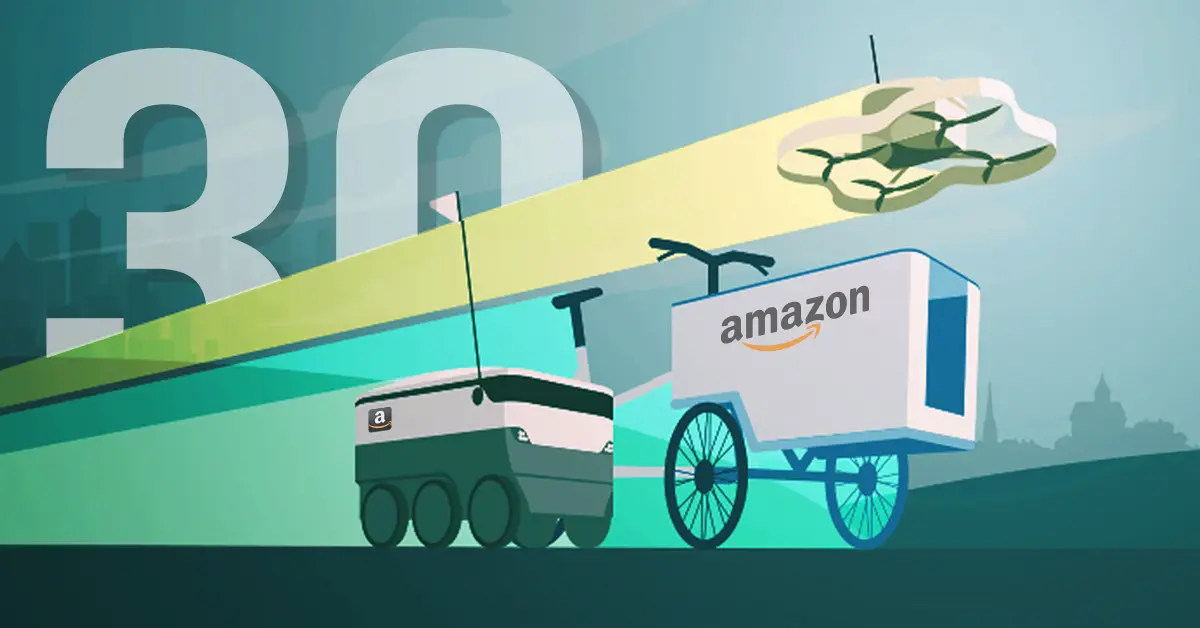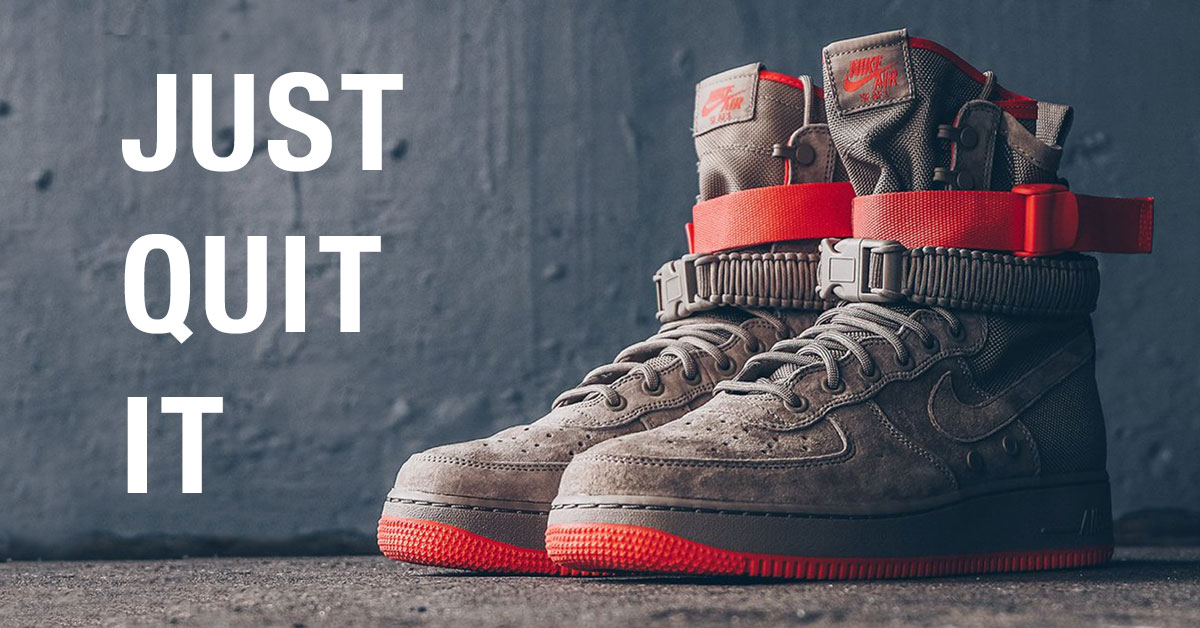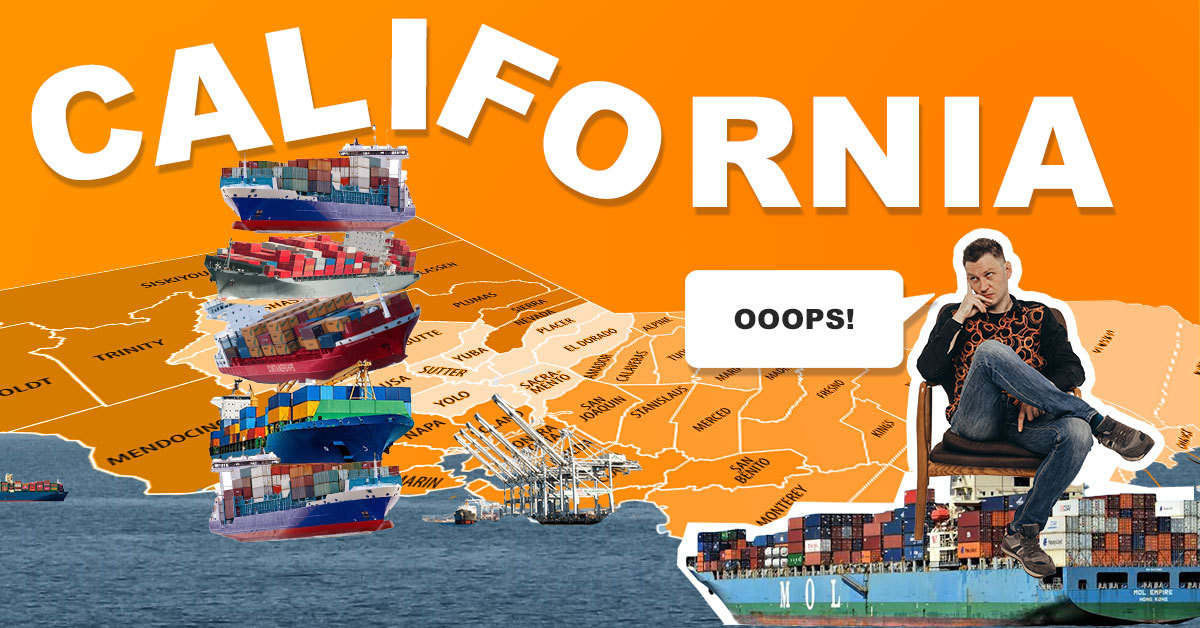No quick fix for the shipping crisis
44 freight ships are stuck awaiting entry into California’s two largest ports. This is the largest congestion since the beginning of the pandemic.
The queue is a result of the labor shortage, COVID-19-related disruptions, and holiday-buying surges, reports Business Insider. Port of Los Angeles data indicated that the ships’ average wait time had increased to 7.6 days.
California ports in Los Angeles and Long Beach account for about one-third of US imports. These ports operate as a primary source of imports from China and have experienced heavy congestion throughout the pandemic.
“Part of the problem is the ships are double or triple the size of the ships we were seeing 10 or 15 years ago,” said Kip Louttit, the executive director of the Marine Exchange of Southern California. “They take longer to unload. You need more trucks, more trains, more warehouses to put the cargo”.
Companies importing and exporting goods to and from Asia expect additional shipping delays. This comes during one of the busiest months for US-China trade relations, as retailers buy ahead in anticipation of US holidays and China’s Golden Week in October, Bloomberg reported.
A freight forwarder in San Francisco said in a recent transportation webinar that “the transit times from Shanghai to Chicago had more than doubled to 73 days from 35 days.”
Another carrier executive estimated “that voyages are now taking 30 days longer than in previous years due to port congestion, container handling delays, and other factors,” Insider’s Áine Cain reported.
“Industry experts expect the ocean shipping capacity will normalize no later than 2023, when many new ships come online,” said Michael Witynski, Dollar Tree’s CEO.
More Amazon news

Amazon is going to need a lot of robots
Amazon wants to ship you anything in 30 minutes Analysts predict that Amazon will try to add robots and automation to its entire operation. It is inevitable given Amazon's focus on efficiency and pleasing customers. Amazon is burning through billions to...

Former Amazon executive on the 5-star rating system
Amazon rating system developers ended up being too protective of it According to the former Amazon executive, the online ratings and reviews model was a good solution at first, but the team ended up being too protective of it. Dan Lewis spent many years at...

Nike stops selling its products on Amazon
Nike is just ‘tip of the iceberg’ of companies ditching Amazon Nike’s decision to stop selling merchandise to Amazon is the start of brands opting to go directly to consumers, says internet entrepreneur Tim Armstrong. “The direct-to-consumer movement will...


